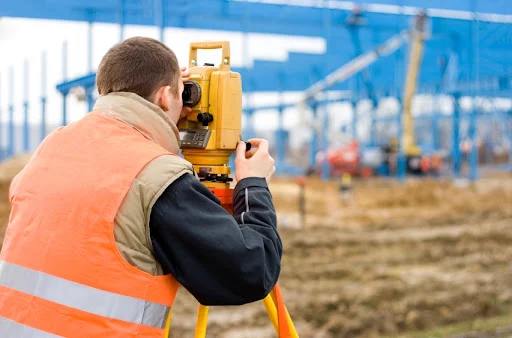Errors and adjustments
Errors and adjustments:
In mine surveying, errors can occur due to various factors such as instrument inaccuracies, human errors, environmental conditions, and the complexity of underground mining environments. These errors can lead to incorrect measurements and subsequently impact the overall accuracy of surveying data. Adjustments are made to correct these errors and ensure reliable and precise surveying results. Here are some common errors and adjustments in mine surveying:
1. Instrument Errors: Surveying instruments like theodolites, total stations, and levels can have inherent errors in their measurements. Calibration and regular maintenance of these instruments are necessary to minimize such errors. Adjustment is made by applying correction factors based on calibration data to compensate for instrument errors.
2. Atmospheric Conditions: Changes in atmospheric conditions such as temperature, humidity, and pressure can affect the accuracy of distance measurements. Corrections are made using atmospheric correction formulas or tables to account for the refractive index of light.
3. Levelling Errors: Levelling involves determining height differences between points. Errors can occur due to inacmocuracies in the leveling instrument or misreading the staff. These errors are corrected by applying the necessary corrections, including the use of collimation and refraction corrections.
4. Traverse Errors: Traverse surveys involve measuring angles and distances between control points. Errors can arise from misalignment of the instrument or incorrect reading of angles and distances. Adjustments are made by applying angular and distance corrections based on the observed errors.
5. Blunders: Blunders are significant errors caused by mistakes in field procedures, incorrect data entry, or misidentification of points. These errors require careful identification and rectification by re-surveying or by using redundant measurements for error detection.
6. Systematic Errors: Systematic errors are consistent errors that occur due to biases in measurements or flawed procedures. They can be caused by improper leveling techniques, misalignment of instruments, or incorrect measurement techniques. Adjustments involve identifying the source of systematic errors and applying appropriate corrective measures, such as systematic error corrections or error propagation analysis.
7. Underground Surveying: Surveying in underground mines presents additional challenges due to limited access, irregular mine workings, and poor visibility. Errors can occur due to inadequate survey control, limited line of sight, or difficulties in measuring distances accurately. Adjustments involve using specialized instruments, such as laser scanners or gyro-theodolites, and applying appropriate techniques like traversing and resection to ensure accurate underground surveys.
It's important to note that mine surveying is a specialized field, and the specific errors and adjustments can vary depending on the mining method, surveying techniques employed, and local conditions. Qualified mine surveyors undergo extensive training and use advanced surveying technologies to minimize errors and ensure reliable data collection for mine planning, design, and safety purposes.





Post a Comment